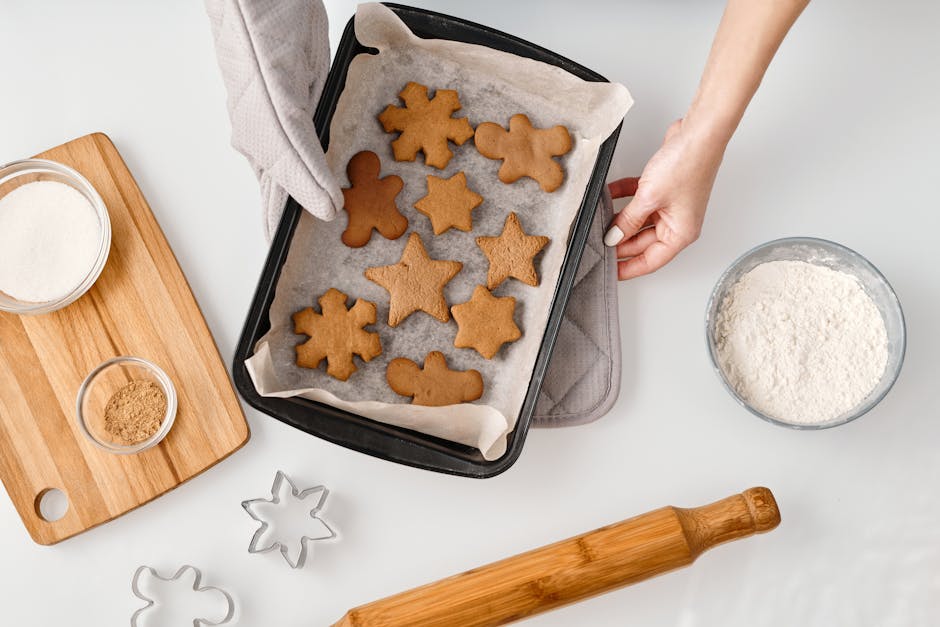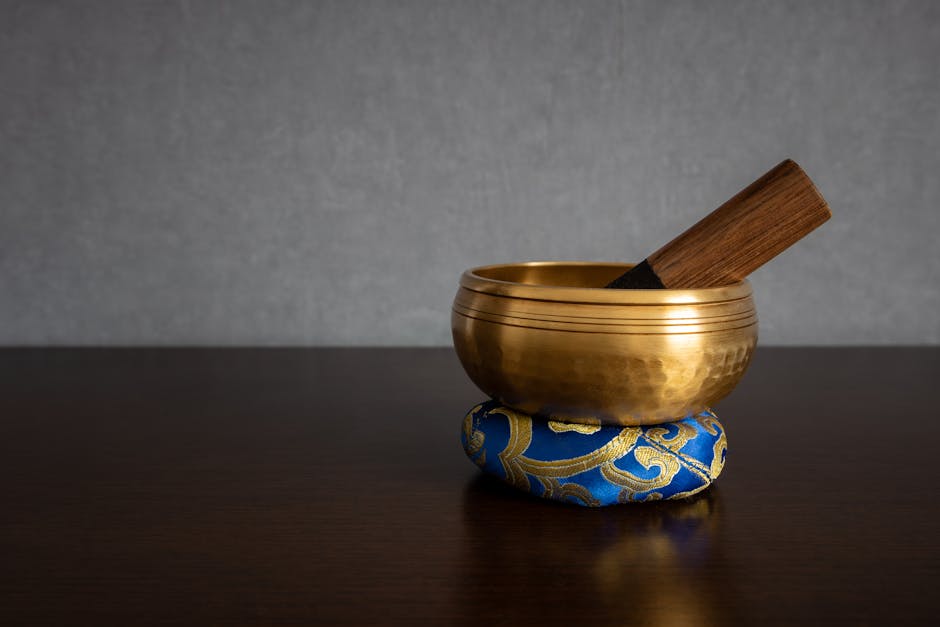Culinary Alchemy: Transform Leftovers into Gourmet Delights
If you’ve ever stared into a fridge packed with leftover ingredients, wondering how to elevate them beyond last night's meal, you’re not alone. Leftovers often get a bad rap, perceived as the last resort of lazy cooking. However, with an understanding of flavor pairing, you can turn mundane scraps into culinary masterpieces. In this article, we will explore how to engage with the science of taste to creatively transform your leftovers into gourmet dishes, while minimizing waste and maximizing flavor.
The Science of Flavor Pairing

Understanding the chemistry behind flavors can unlock a treasure trove of culinary possibilities. Flavor pairing is grounded in the idea that certain ingredients share chemical compounds that complement one another, resulting in harmonious dishes. For instance, the earthy tones of mushrooms pair beautifully with the rich umami of soy sauce, while the sweetness of caramelized onions enhances the flavor of roasted Brussels sprouts.
The theory is not just anecdotal; it stems from extensive research into the way our taste buds perceive flavor. By grasping the fundamentals of flavor pairing, you can confidently transform familiar ingredients into innovative dishes.
For a deep dive into unique flavor combinations, check out Savory Science: Unlock Flavor Pairing Chemistry at Home.
Embracing Culinary Creativity

The adventure into culinary alchemy begins with your fridge. Start by surveying what you have; identify vegetables, grains, or proteins that may be on their last legs. Next, think about the types of flavors you’d like to explore.
Think Outside the Box

Don’t be afraid to mix ingredients that may seem incompatible at first glance. Ever thought about pairing leftover roasted sweet potatoes with a splash of tangy citrus? Or blending stale bread into a creamy pudding with ripe bananas for a dessert?
These unexpected blends can lead to surprisingly delicious results. The key is to play and experiment. Consider engaging your senses and delight in the exploration of food texture, aroma, and even sound.
Incorporating your surroundings into your cooking can also inspire creativity. If your local farmer’s market has fresh herbs, consider how the flavors of mint or basil could enhance your existing leftovers. This notion of “cooking with intention” can yield amazing results, as detailed in The Mindful Chef: Cooking with Intention for Better Flavor.
Recipes to Inspire Practical Application

1. Risotto alla Leftover

First up, risotto! Typically reserved for gatherings and special occasions, it can be an excellent choice for using leftover grains.
- Ingredients:
- 1 cup leftover rice or grains (quinoa, barley, etc.)
- 2 cups stock (preferably homemade)
- 1 cup leftover vegetables (carrots, peas, asparagus)
- 1 onion or shallot, finely chopped
- Olive oil, salt, and pepper to taste
- Grated Parmesan cheese (or nutritional yeast for a vegan option)
Instructions: 1. Heat olive oil in a pan, sauté onions until translucent. 2. Stir in the leftover grains, allowing them to absorb the oil. 3. Gradually add stock while stirring constantly until creamy. 4. Fold in leftover vegetables and season with salt, pepper, and cheese.
2. Savory Bread Pudding

Elevate stale bread into a comforting dish everyone will love!
- Ingredients:
- 4 cups stale bread, torn into pieces
- 2 cups milk or a non-dairy alternative
- 4 eggs
- 1 cup cheese (go wild with your favorites!)
- Leftover veggies or meats, chopped
Instructions: 1. Preheat the oven to 350°F (175°C). Grease a baking dish. 2. Combine the milk and eggs in a bowl; whisk until well blended. 3. Mix in the bread, followed by the cheese and leftover ingredients. 4. Pour into baking dish and bake for 30-40 minutes, until golden.
Both recipes reflect a commitment to cooking creatively with what you have.
3. Flavor Pairing Remix: Citrus and Sweets

This dish takes leftover citrus fruits from your fridge, mixing them with day-old pastries.
- Ingredients:
- Leftover pastries (croissants or danishes)
- Fresh citrus (oranges, lemons, or grapefruits)
- Honey or maple syrup
Instructions: 1. Tear leftover pastries into bite-sized pieces. 2. Squeeze fresh citrus juice over them and let it soak for about 10 minutes. 3. Drizzle with honey or syrup before serving.
Sensory Exploration: Beyond the Plate

Consider engaging with other senses while you cook. The aroma of spices can shape your culinary creations, as they will influence the perception of flavor, leading to a more enjoyable cooking experience. Explore the connection between aroma and taste further in The Scent of Cooking: Discover How Aromas Shape Culinary Creations.
The Role of Sound in Cooking

Interestingly, cooking is also an auditory experience. The sizzle of onions hitting the pan or the gentle bubbling of a sauce can heighten anticipation and add pleasure to the process. The concept of sound in cooking is thoroughly examined in The Sound of Cooking: Experience Flavor Like Never Before.
Being in tune with the sounds around you is vital to elevating cooking from a chore to an enjoyable sensory journey.
Community and Sustainability: The Ripple Effect

Embracing cooking with leftovers isn’t just about being creative—it also has profound implications for sustainability. According to the Food and Agriculture Organization (FAO), approximately one-third of all food produced for human consumption is wasted each year. Being mindful in the kitchen not only reduces waste but also encourages community sharing. Here’s how you can contribute positively:
- Food Sharing: Organize a potluck with friends, encouraging everyone to bring along their leftovers.
- Social Media: Share your culinary alchemy on platforms like Instagram, inviting others to embrace leftover creativity.
- Connect with Local Organizations: Consider donating excess food rather than letting it go to waste.
While venturing into these practices, there's a wealth of knowledge and support available. For guidance on nutrition and food resource management, visit sites like the Harvard School of Public Health for credible information.
Next Steps: Unlocking Your Culinary Potential
Now that you have a deeper understanding of how to transform your leftovers into exquisite meals using flavor pairing science, it's time to get cooking! Here are some actionable steps you can take immediately:
- Inventory Your Fridge: Before grocery shopping, make it a habit to check what you already have.
- Experiment Freely: Use flavor pairing principles to create unique meals from leftovers.
- Engage Your Senses: Allow flavors, sounds, and aromas to guide your cooking.
- Share and Connect: Encourage friends and family to join this food adventure.
Your kitchen is a laboratory of creativity, and with a sprinkle of culinary magic, you can elevate everyday ingredients into gourmet dishes. So the next time you find yourself with a collection of leftovers, remember: culinary alchemy awaits!
By fostering an innovative mindset and experimenting with flavor, you’ll not only minimize waste but also cultivate a deeper relationship with your food.



